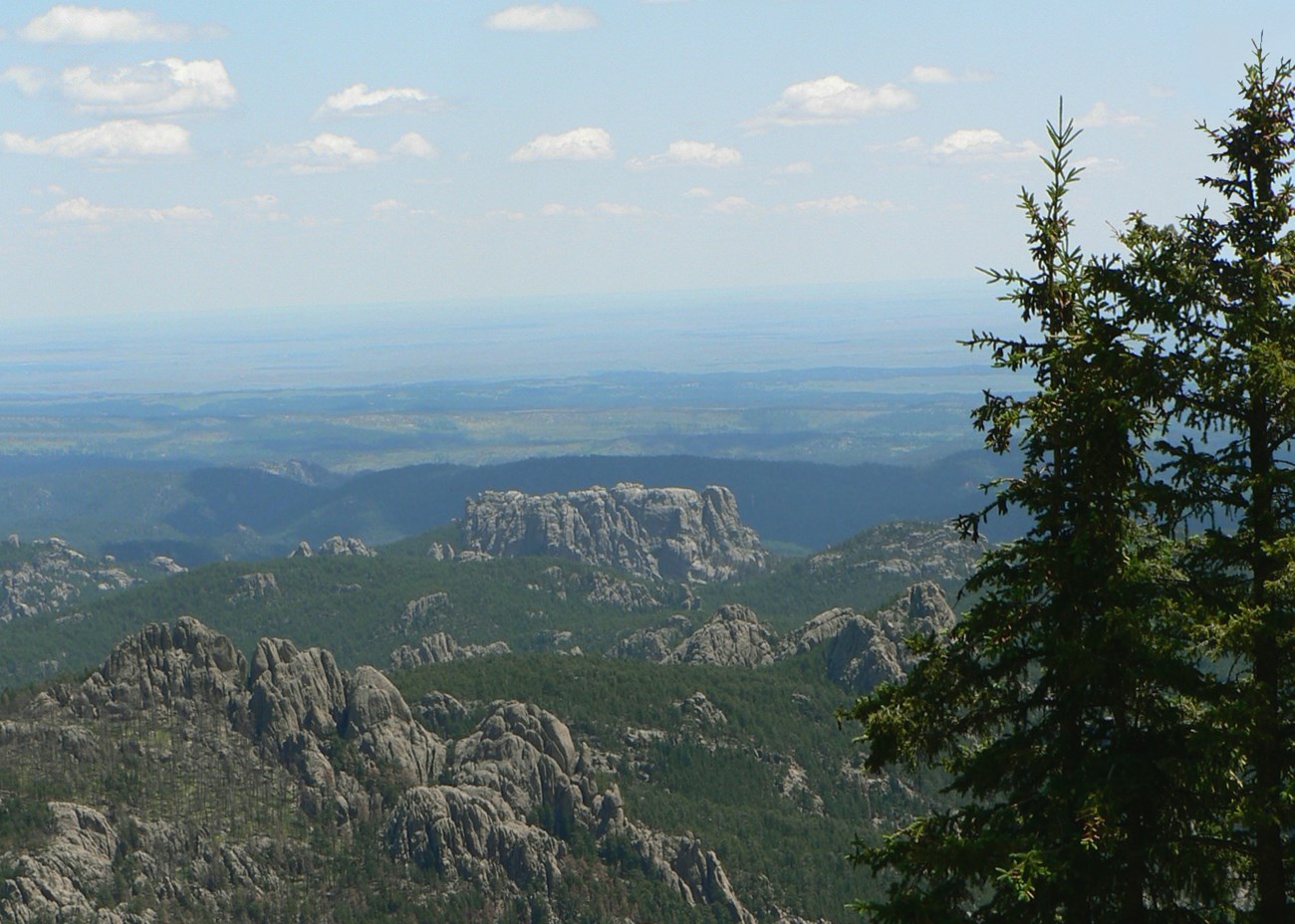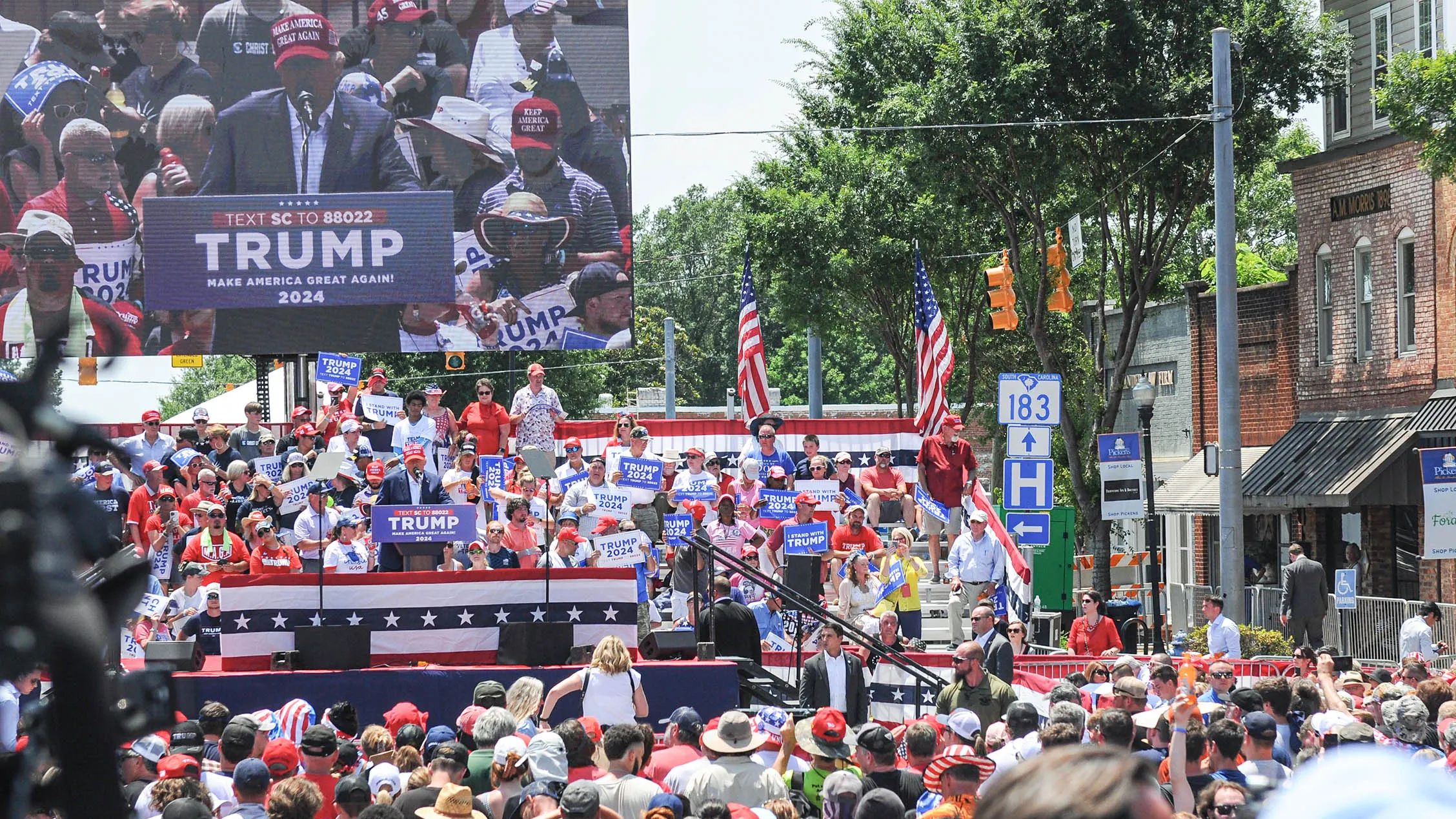Legislation Introduced to Carve Trump’s Face into Mount Rushmore
In a startling move that raises numerous ethical and legal questions, Florida Congresswoman Anna Paulina Luna has introduced legislation aiming to immortalize former President Donald Trump on the iconic Mount Rushmore. This proposal not only seeks to alter a national landmark but also challenges the historical narratives surrounding this revered site.
Mount Rushmore and Indigenous Sacred Land
Mount Rushmore, a national memorial located in the Black Hills of South Dakota, is built on land considered sacred by the Lakota Sioux. The 1980 Supreme Court ruling, which recognized that the U.S. government illegally took this territory from the Lakota people, underscores the urgency for justice and respect toward Indigenous rights. According to Northeastern University law professor Jeremy Paul, any attempt to alter the memorial could face significant legal challenges from tribal nations, who would have ample grounds to contest such a proposal.

The Associated Tribal Nations of Mount Rushmore National ...
Environmental and Historical Preservation at Risk
The proposal to add Trump’s likeness also neglects the environmental and historical preservation standards outlined by the National Park Service. These guidelines dictate that the focus should remain on the maintenance and repair of historic materials rather than new constructions. As reported by the National Park Service, there is no viable space left for additional carvings on the mountain, rendering the entire discussion moot from a geological standpoint.
Political Maneuvering and Public Sentiment
The legislative push, while unlikely to succeed, reflects a broader political maneuvering that seeks to capitalize on Trump’s enduring influence within certain Republican circles. Many, including Robin Borglum Kennedy, granddaughter of Mount Rushmore"s original sculptor, strongly oppose any changes to the memorial, suggesting that it was designed to celebrate American ideals, not to glorify any single individual. The potential changes signal a troubling trend in which historical integrity is sacrificed for political expediency.

Donald Trump 2024 Rally Schedule - Caresa Sisile
Environmental Justice Implications
Indigenous groups and environmental advocates are already voicing their concerns regarding the implications of this proposal. The carving of Trump’s face would not only be an affront to the Lakota Sioux but could also set a dangerous precedent for further encroachments on sacred lands across the country. As the Environmental Protection Agency emphasizes, environmental justice is crucial in safeguarding both natural resources and cultural heritage. This proposal could easily ignite further protests and legal battles, drawing attention to the ongoing struggles faced by Indigenous communities.
The Broader Context of Environmental Policy
The move to carve Trump’s image into Mount Rushmore exemplifies a broader disdain for environmental policy and Indigenous rights among certain political factions. The National Environmental Policy Act mandates thorough review processes for any federal projects that may impact the environment. If the Trump administration were to pursue this symbolic alteration, it would not only challenge legal norms but also compound the existing tensions surrounding land use and environmental justice.

The fight for the sacred Black Hills of South Dakota takes center stage ...
Public Reaction and Future Considerations
As this issue unfolds, public sentiment is likely to become polarized. While some may view the addition of Trump’s likeness as a celebration of his presidency, others see it as an infringement on sacred lands and an affront to Indigenous rights. The opposition is not merely about a statue; it raises fundamental questions about who gets to define American history and whose voices are heard in these discussions.


![[Video] Netanyahu submits formal pardon request to President Herzog](/_next/image?url=%2Fapi%2Fimage%2Fthumbnails%2Fthumbnail-1764500443499-cqsrbj-thumbnail.jpg&w=3840&q=75)

![[Video] More videos of ANTIFA activities emerge in Giessen](/_next/image?url=%2Fapi%2Fimage%2Fthumbnails%2Fthumbnail-1764454862523-wtbpg5-thumbnail.jpg&w=3840&q=75)
![[Video] Panama-flagged tanker M/T Mersin sinking off Senegal coast after attack](/_next/image?url=%2Fapi%2Fimage%2Fthumbnails%2Fthumbnail-1764510080363-qnetqq-thumbnail.jpg&w=3840&q=75)

